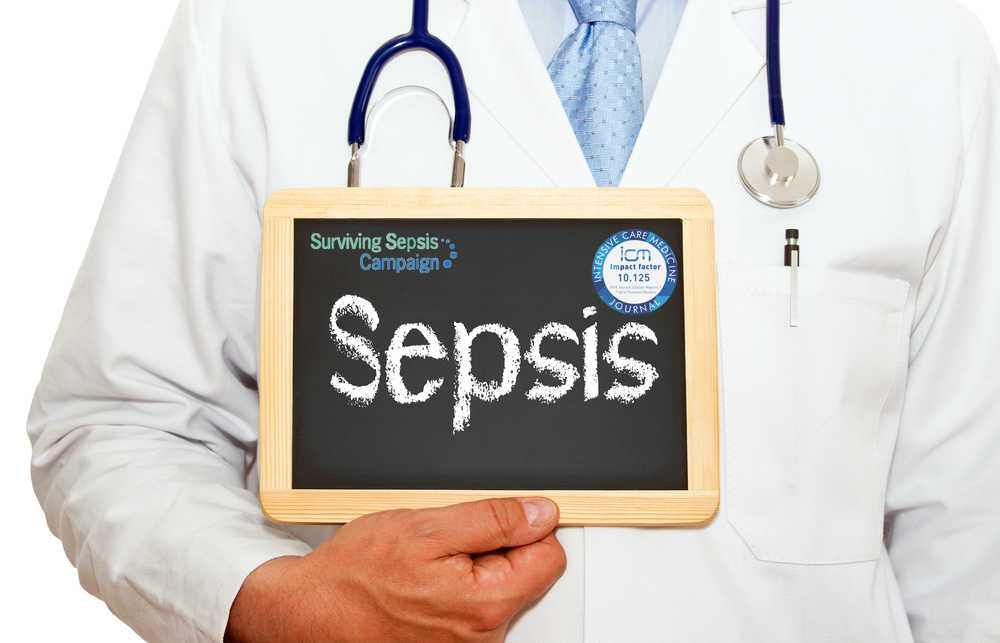SSC Guidelines 2016: Framing better care of patients with Sepsis

SSC Guidelines 2016: Framing better care of patients with Sepsis
ICM ARTICLE REVIEW
Sepsis is a leading cause of death, morbidity and costs affecting more than one million patients a year in the United States. The Surviving Sepsis Campaign (SSC) was launched in 2002 in the attempt to reduce sepsis mortality through promotion of initiatives for its early recognition, education of healthcare professionals, identification of appropriate treatments and development of clinical guidelines. This is the fourth edition (2004, 2008, 2012, 2016) of the SSC guidelines for management of sepsis [1]. A panel of 55 international experts worked on 5 topical sections (haemodynamics, infection, adjunctive therapies, metabolic and ventilation). Experts formulated clinically relevant questions on management of septic patients using the PICO structure (population, intervention, comparison and outcomes), performed a search strategy for relevant articles, applied the GRADE system for quality assessment of the retrieved body of evidence and formulated a total of 93 final statements after discussion and consensus.
A major change in this iteration involved the topic of initial resuscitation. Protocolised resuscitation with quantitative haemodynamic goals (early goal directed therapy, EGDT) has been challenged by the PROCESS, PROMISE and ARISE trials [2-4], which showed the lack of a mortality reduction when EGDT was compared to usual care resuscitation. The current SSC iteration pointed out the importance of patient-centered resuscitation, with the adoption of dynamic (e.g. or pulse pressure variation) rather than static (e.g. central venous pressure, CVP) variables of fluid responsiveness, and of reassessment of ongoing patient’s response to treatment. In other words, clinicians should start early resuscitation given the emergency nature of sepsis and septic shock and they should reach the goal of stabilisation of sepsis-induced hypoperfusion, although the value of CVP and central venous oxygen saturation as guidance for this goal can no longer be recommended.
Other significant changes in this update involved antimicrobial therapy, nutrition and the absence of statements for management of sepsis in the paediatric population, which will be included in separate guidelines. We should appreciate the efforts of contributors and editors to provide reader’s instructions alongside the guidelines and a proposal of a layer-based approach of use, from the outer surface of bedside recommendations, through the underlying rationale, to the deepest core of evidentiary tables, summarising reasons behind each recommendation in light of quality of evidence [5]. Guidelines may be considered the frame of interventions for management of a typical septic patient, and a unique resource condensing bedside treatment principles, current evidence and insights for future research. Their daily practice implementation is the effort asked to clinicians and to health care systems to ultimately save lives.
Article review submitted by EJRC member Vincenzo Russotto.
References
1. Rhodes A, Evans LE, Alhazzani W, Levy MM, Antonelli M, Ferrer R, Kumar A, Sevransky JE, Sprung CL, Nunnally ME et al: Surviving Sepsis Campaign: International Guidelines for Management of Sepsis and Septic Shock: 2016. Intensive care medicine 2017.
2. The ProCESS Investigators: A Randomised Trial of Protocol-Based Care for Early Septic Shock. New England Journal of Medicine 2014, 370(18):1683-1693.
3. Mouncey PR, Osborn TM, Power GS, Harrison DA, Sadique MZ, Grieve RD, Jahan R, Harvey SE, Bell D, Bion JF et al: Trial of Early, Goal-Directed Resuscitation for Septic Shock. New England Journal of Medicine 2015, 372(14):1301-1311.
4. The ARISE Investigators and the ANZICS Clinical Trials Group: Goal-Directed Resuscitation for Patients with Early Septic Shock. New England Journal of Medicine 2014, 371(16):1496-1506.
5. Dellinger RP, Schorr CA, Levy MM: A users' guide to the 2016 Surviving Sepsis Guidelines. Intensive care medicine 2017.